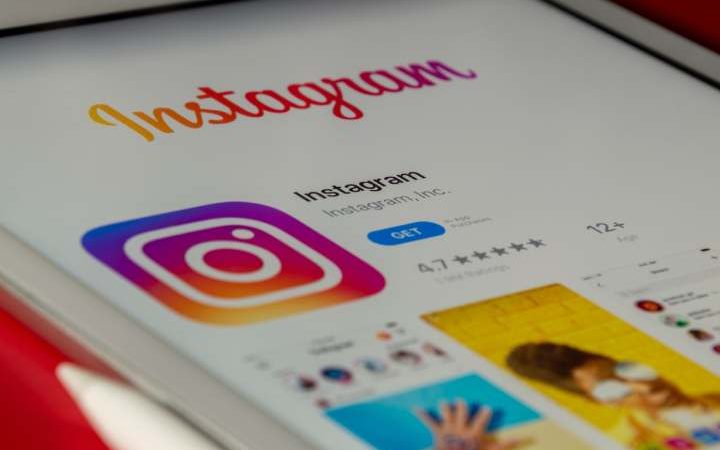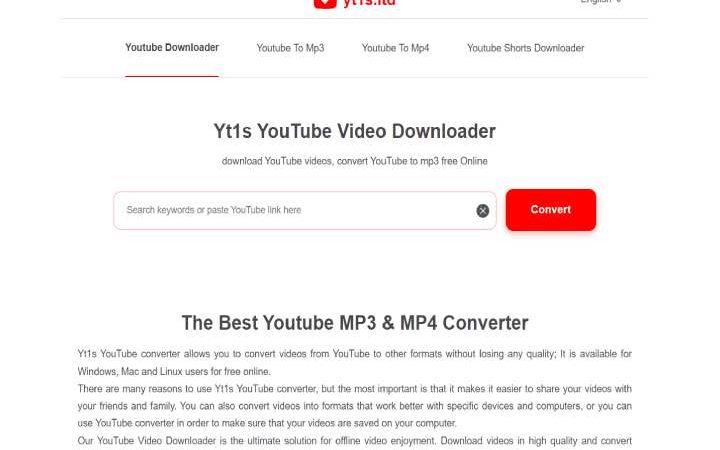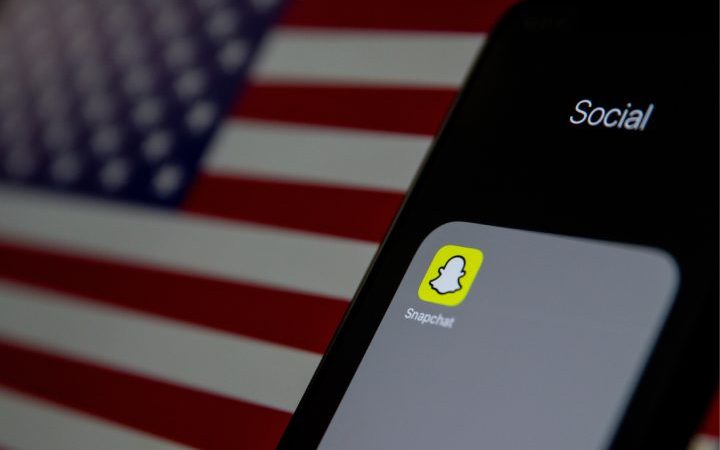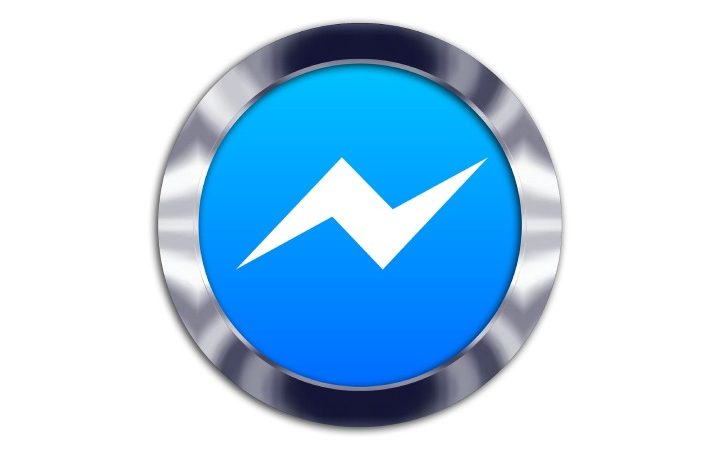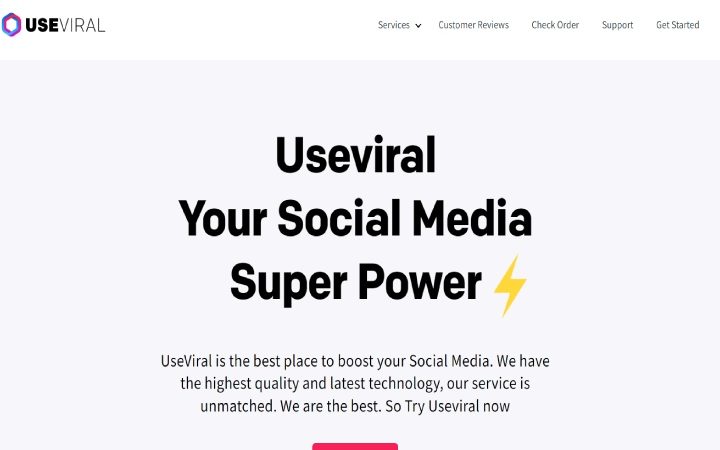Email – The Future Of Email Will Be More Personal

In 2019, 380,000 million email users sent 280 billion emails daily worldwide. The forecasts are that by 2022 this number will have increased to 333,000 million daily emails. Email is an economical way of being in contact with customers, and with an ROI (Return on Investment) of 42% is enough for the hearts of sellers to beat stronger.
As a result of these massive figures, relevance is increasingly important when it comes to communicating with customers by email. Marketing specialists want their email to stand out from the 332,999 … billion emails sent to customers on a given day. A second trend that occurs in the economy as a whole, and that can also be exploited in email, is personalization. And finally, the importance of commitment is increasing. The challenge is to gather these three factors to find a way for customers to get involved with brands by email.
“Customization” and personalization, by their very nature, increase customer engagement, support the development of deeper relationships with customers and, in the end, result in higher spending. This is possible in email by offering individual options within standardized frameworks. The standards facilitate communication between senders and receivers and allow email to be more flexible and productive. “EMAIL JUST FOR YOU” represents the importance of this desired individuality, but also of the quality standards that form the basis of the evolution of email.
Table of Contents
Creating a Personal Experience In Email Marketing
What can marketers do now to customize their emails more effectively?
Relevance
Personalization is based on the degree to which the content of the email and the email itself fit the needs of the recipient. The email should always be customized according to the recipient’s needs because it is relevant to this person. It has to be sent with the right content, to the right person, at the right time.
Therefore, customization must come first, as a basic rule. There could be exceptions, of course. So, for example, if I receive a birthday email, a birthday is a birthday, and it doesn’t necessarily have to be personalized beyond wishing me a happy birthday.
Customization
Personalization, then, is a more precise categorization within customization. Of course, the first thing that is required is a certain amount of additional information about the recipient, and most importantly with the permission of the recipient. Marketing specialists can only use the information that the recipient wants them to use, and they should make it very clear to the recipient that they are only working with the information that the recipient allows them to use. One mechanism to obtain this information is to request comments or develop a creative campaign of activities where recipients can send their data. In this way, marketing specialists can find information about their clients and can obtain their clients’ consent to collect and work with the data.
An example would be the feedback received (feedback) from the recipient on a product. However, for this to be successful, one of the main challenges is that the company’s departments must work much more together than in the past. With this approach, it is no longer possible to have silos in the company. Looking at the comment scenario, for example, there must be an interconnection between email marketing specialists and customer service. If customer service receives a message from a dissatisfied customer, this information could be integrated into email marketing activities. But this really requires a change of mentality in companies and collaboration between departments.
Avoid the “creepy line”
Without data on user behavior, customization is not possible. But that kind of data is now subject to the strict rules of the GDPR. Marketing specialists must guarantee two things: they must comply with data protection and must avoid the “creepy line” (less clearly defined and highly individualized).
When talking with different players in the email industry, for example, email marketing specialists or mail security people, it is clear that everyone knows what the “creepy line” is, but each one defines it differently. That is the danger: marketing specialists must put themselves in the place of their clients. When we talk about the spooky line, what we mean is that you, as a recipient, receive an email and can see in the content that the sender knows something about you that they didn’t want them to know. And it can be creepy.
But, again, the creepy line is defined very individually by all. What I want the company to know about me probably differs from what you want the company to know about you. Therefore, companies should be very careful that they are always transparent and do not use data that scares the recipients and where the alarm sounds: “Hey, where did you get that data? I didn’t want them to know that. A possible result of this could be that recipients unsubscribe from a newsletter, and this is not what sellers want.
And it is something more than if only a customer “wants” the company to know something, it is about whether the company is “authorized” to know. This is based on the legal concept of consent as detailed in the EU General Data Protection Regulation (GDPR), for example, companies can only collect data for which the recipient has given their consent. also, go through email finder software
The Future: Individualized Email
There are a variety of developments on the horizon that have the potential to make the email experience even more individual, relevant and attractive. Looking at the crystal ball of the future in the medium and long term, of course, the email experience is more difficult to define. In the medium term, it could be that email is just the underlying technology, the messaging process for exciting customer experience. Maybe, in the future, we don’t even have an email client. AI (artificial intelligence) assistants could provide us with email data according to its relevance and immediate importance, and our responses will be dictated instead of written, far from our current email experience. But we will have to wait and see.
However, in the near future, we see that the line between different marketing channels or marketing tools is becoming blurred. For example, recipients may interact in email as if they were on a website. There are pilot projects for interactive email currently underway. The advantage for the sender is that it can provide a personalized experience without users needing to log in or connect, and the interaction and commitment of the recipient is much better. Users can click on a photo gallery, write reviews, experiment with a range of colors, all without leaving email, as Mark Robbins of Salesforce explains in this interview About interactive email.
A project focused on interactivity in emails is Google’s AMP for emails, launched in early 2019. It allows dynamic content in emails and can do interesting things like incorporating real-time data into emails. Returning to my birthday email, a sender using AMP could integrate real-time data, such as today’s weather in my hometown or current location, into that email. If it rains a lot, the birthday offer could be a 50 percent discount on a new raincoat, while if it’s sunny and 35 ° C, you could get a 50 percent discount on bathing suits. This will make some types of emails much more relevant immediately.
CSA – Supporting The Development Of Standards
The Certified Senders Alliance (CSA ) Alliance supports the development of standards and technologies that improve simple email.
In the first instance, we set quality standards. This means that we look at the current law and talk to the mail providers and senders, the industry. And we update the standards regularly, as necessary. The CSA criteria provide an excellent set of best practices. So, here, we are talking about the theory.
And then, putting it into practice, we certify the senders that meet these standards. And we have technology partners and mailbox providers that have implemented the list of senders that meet those standards and have a deliverables benefit for them. So, if you follow CSA best practices and get your certified brand, or work with a CSA certified email service provider, you will see the benefit in better delivery capacity. And then, in addition to establishing standards and certifications, we also promote the development of new technical standards and new technologies.

